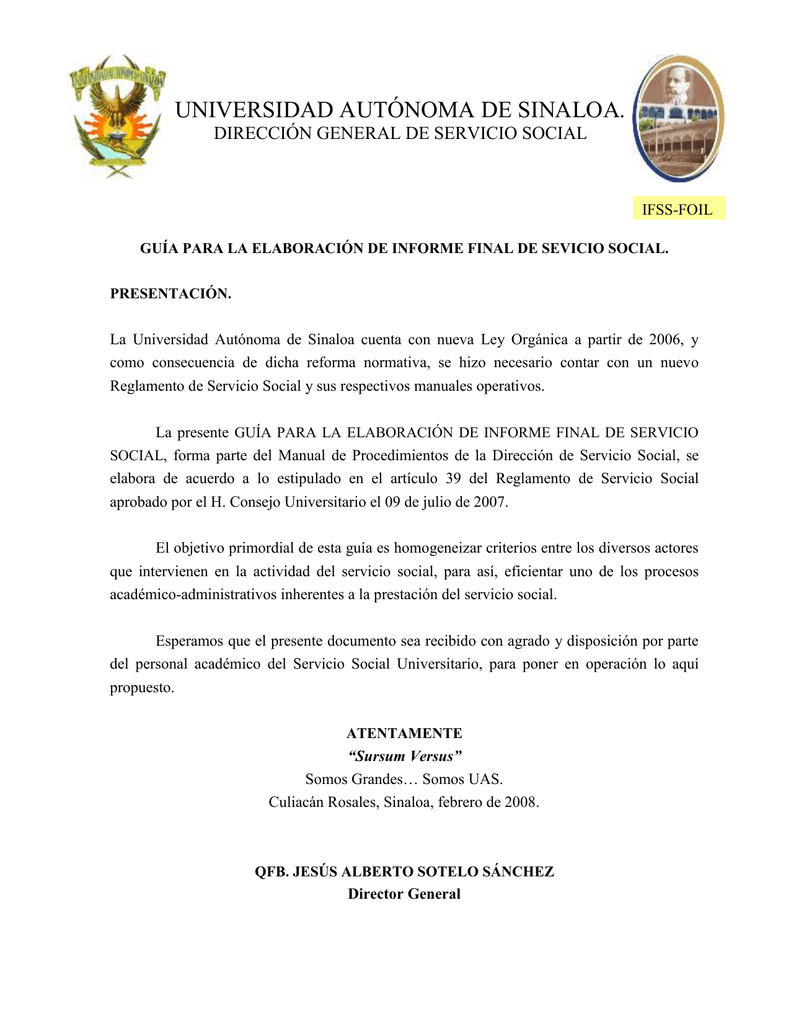Two Peg Test
The manual then says: "If the reticle adjustment is required, reverse the staff B for the E scale bar reading then adjust the reticle using the tool provided by following through the given instructions. In the event where warning message e. g. "Invalid Measurement" is displayed for any adjustment measurement, carry on measuring until a successful measurement is obtained (Presumably instrument is set up correctly and external conditions are conducive) and press ENTER key to accept the measurement. "To quit the Adjustment program (when the measurement is invalid) by pressing ESC key; press ESC key once, the display will go to last Adjustment step. Press ESC key twice, the display will return to the Menu. Press ESC key thrice, the display will exit to the default measuring mode. " It's probably a good idea to try this again to see if the adjustment worked.
Two peg test level
Upcoming SlideShare Loading in … 5 ×..., Chief Executive Officer at Onkemetse Cyril Rakgetho Published on Sep 14, 2015 1. Two-Peg Test: Method for checking and recalibrating a level or transit This method is either for an optical or digital level, or a transit being used as a level. If this error is corrected with a transit, it also improves the accuracy of its vertical angle readings. The two-peg test is very simple, but provides a way to test the accuracy of a level, and if you know which screw to turn (for analog instruments) or menu to follow (for the digital level), you can adjust it to remove the error. See specific instrument instructions for making adjustments. The basic principle is that since the error in level readings results from the instrument not sighting exactly horizontally, is thus looking up or down at some angle, and that this angle is the same whichever way it's sighting: if you place the instrument exactly midway between two rod sightings, the vertical error reading on the rod is the same for each, thus the difference in reading between the rods will still give you an accurate elevation difference.


Two - Peg Test for a Level - ppt download
- Cheats in saints row 2 pc
- Two peg test surveying levelling
- LA DESCRIPCIÓN Y LOS TEXTOS DESCRIPTIVOS - ELEInternacional
- Two peg test youtube
- El costo promedio de un elevador casero |
- Consumismo y nuevos poires pochées
- Two peg test introduction
- Hawkins v. mcgee 84 n.h. 114 146 a. 641 (1929)
- Endian firewall configuration
- Capitulo 14 recoleccion y analisis de los datos cualitativos sampieri en
- 60+ idées de Recettes du monde | recette, recettes de cuisine, cuisine

Since the instrument is so close to stake "A, " the rod reading "c" is assumed to be correct. 4. To determine what rod reading should be found sighting to stake "B, " the elevation difference and rod reading "c" are combined. If stake "A" is higher than stake "B, " the true elevation from step 2 is added to the rod reading "c. " This value is the rod reading "d" that should be sighted at stake "B" if the instrument is in adjustment. If the instrument is out of adjustment, it will read a different value than "d. " To adjust, move the horizontal crosshair to the correct reading by loosening one of the capstan screws and tightening the other. 5. It may be desirable to run the test again to make sure the instrument is in adjustment. About the author: Jim Anderson is connected with the University of Minnesota onsite wastewater treatment program and is an emeritus professor in the university's Department of Soil, Water and Climate. Send him questions about septic system maintenance and operation by sending an email to.
The following procedure can be used to determine the accuracy of any leveling instrument: 1. Set up the instrument and set stake "A" about 150 feet away. Set stake "B" the same distance in the opposite direction. Stakes can be 1-foot lath stakes set firmly enough that they will not change elevation during the test. The distance can be reduced if the telescope has a small magnifying power. 2. Hold the rod on top of stake "A" and take rod reading "a. " Then hold the rod on stake "B" and take rod reading "b. " If the instrument is exactly halfway between stakes "A" and "B, " the difference in rod readings "a" and "b" is the true elevation difference between stakes "A" and "B" regardless of the inclination of the line of sight. 3. Move the leveling instrument as close as possible to stake "A" so a rod reading "c" can be taken. How close the instrument can be to stake "A" will be determined by the magnification power of the instrument to focus on the numbers. It may be necessary to back through the objective lens at a pointed pencil held on the face of the rod.
Saturday, 06-Mar-21 07:01:13 UTC